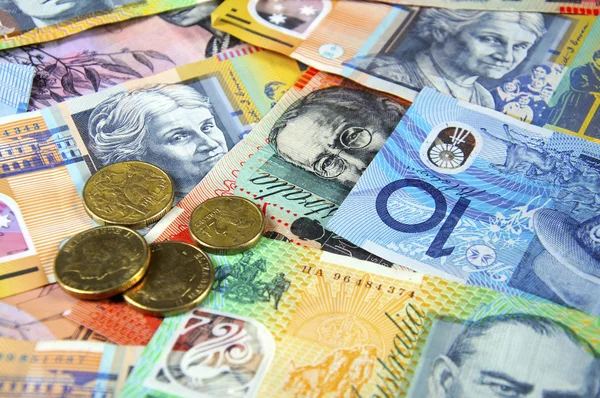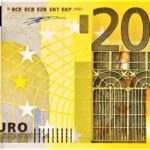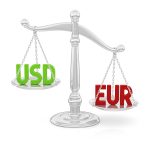Australian dollar strengthened as trade partner China’s trade surplus increased to $82.62 billion in May.
The Australian Dollar (AUD) edged higher after China’s Trade Balance data was released on Friday. The National Bureau of Statistics of China stated. That the trade surplus increased to $82.62 billion in May. Exceeding the forecast balance of $73.00 billion and the prior balance of $72.35 billion. Any shift in China’s economy could effect the Australian market because the two countries are close trade partners.
AUD traders will most likely be waiting for Andrew Hauser. Deputy Governor of the Reserve Bank of Australia (RBA), to speak later in the day about Australia’s economic forecast. Attention will also be focused on US employment data releases. Such as average hourly earnings and nonfarm payrolls.
The Australian equities market is rising as a result of greater mining and energy firms and higher commodities prices.
The Australian Dollar received support when the Trade Surplus increased on Thursday. Additionally, RBA Governor Michele Bullock’s hawkish statement on Wednesday strengthened the AUD and supported the AUD/USD pair. According to NCA NewsWire, Bullock stated that if the Consumer Price Index (CPI) does not return to the target range of 1%-3%, the central bank will raise interest rates.
The US dollar is under pressure as weaker US labor data raises the prospect of the Fed cutting interest rates twice in 2024.
The US Dollar (USD) struggled as reduced unemployment figures from the United States (US) sparked hopes for The US Federal Reserve (Fed) plans to lower interest rates twice in 2024. On Thursday, Initial Jobless Claims data indicated that the number of persons claiming unemployment benefits in the United States grew by 8,000 to 229,000 for the week ending May 31, exceeding market forecasts of 220,000. This is the highest figure since the eight-month high of 232,000 set in early May.
Daily Market Movers: The Australian dollar stays stable due to investors’ caution.
The ASX 200 Index rose near 7,850 on Friday, with mining and energy sectors leading the way due to rising commodity prices. This upward shift was influenced by signals of a cooling US labor market. Which raised the Fed’s anticipation of two interest rate cuts this year.
A Reuters poll dated May 31 According to data as of June 5, roughly two-thirds of economists expect interest rates to be slashed in September. Furthermore, the CME FedWatch Tool predicts that the chance of a Fed rate drop of at least 25 basis points in September has risen to roughly 70.0%, up from 51.0% a week ago.
Australia’s trade balance increased to 6,548 ($4,321.68) million MoM in May. Above the predicted 5,500 million and April’s balance of 5,024 million. Imports fell by 7.2% MoM in May, reversing April’s 4.2% gain. Exports fell 2.5%, following a 0.6% drop the previous month.
On Wednesday, the ISM US Services PMI rose to 53.8 in May. The highest level in nine months and much beyond the forecast of 50.8. In contrast, ADP’s US Employment Change The report showed that 152,000 new workers were added to payrolls in May. The lowest in four months and far below the prediction of 175,000 and the downwardly revised total of 188,000 for April.
On Wednesday, Australia’s Gross Domestic Product (GDP) was revealed, with a 0.1% increase in the first quarter. Compared to the predicted 0.2%. On an annual basis, the economy expanded by 1.1%, somewhat less than the predicted 1.2%.








